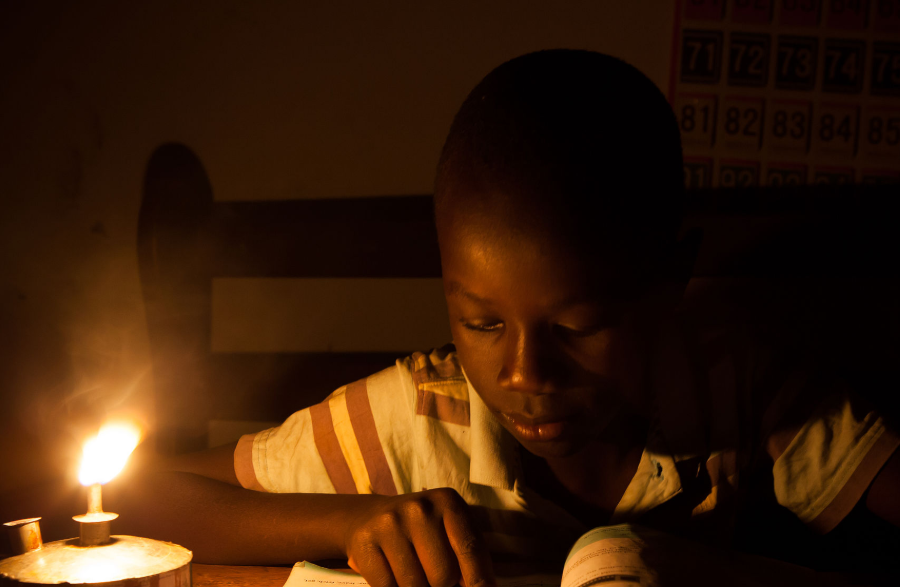
This website uses cookies. By using and further navigating this website you accept this. Detailed information about the use of cookies on this website is available by clicking on
MORE INFORMATIONCookies and related technologies on this site
You can learn more about how this site uses cookies and related technologies by reading or privacy policy linked below.
We do NOT use cookies to examine your surfing behavior before or after leaving the Canadian Solar’s website.
Required cookies:
These cookies are necessary to enable the basic features of this site to function, such as providing secure log-in or remembering how far you are through an order.
Functional cookies:
These cookies analyze your use of the site to evaluate and improve site performance. They may also be used to provide a better customer experience on sites. For example, remembering your log-in details, or providing information about how site is used.
We do NOT use these cookies.
Advertising cookies
These cookies are used to show ads that are more relevant. Sites may use it to better understand your interests. For example, the cookies will allow you to share certain pages with social networks, or allow you to post comments on sites.
We do NOT use these cookies.





